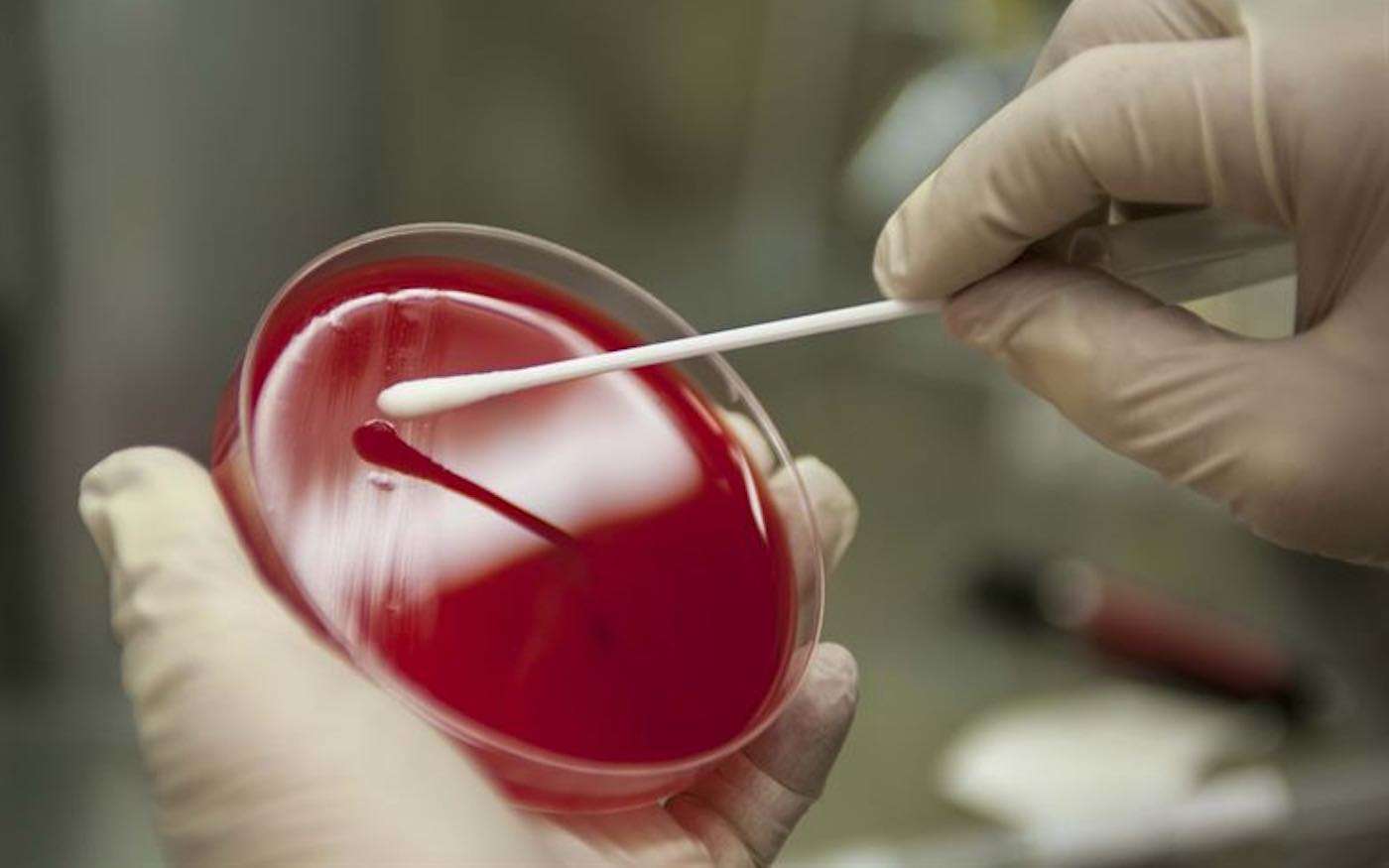Probiotics Enhances Cognitive Abilities Through the Gut: A Key to Aging Brain Health
Over three months, patients aged 52 and 75 years old with mild cognitive impairment had their neurological markers improve

Taking a nasal swab—similar to what we all did a hundred times during COVID—to check for three types of bacteria in youngsters believed to have a sinus infection can indicate whether antibiotics are likely to be effective or not, say American scientists.
Sinusitis, which is an inflammation or swelling of the sinuses, can cause congestion, runny nose, discomfort and difficulty breathing. Doctors often prescribe antibiotics, which target only bacterial infections, to treat the condition—even though it may be caused by viruses.
"Five million kids in the U.S. get prescribed antibiotics for sinusitis each year," said study lead author Professor Nader Shaikh of the University of Pittsburgh.
"Our study suggests that only half of these kids see an improvement in symptoms with antibiotic use, so by identifying who they are, we could greatly reduce unnecessary antibiotic use."
He adds that's is difficult to properly diagnose the nature of a sinus infection.
"For an ear infection, we can look inside the ear; for pneumonia, we listen to the lungs. But for sinusitis, we have nothing to go on from a physical exam. That was very unsatisfying to me."
With the target of developing a better tool to diagnose bacterial sinusitis, Prof Shaikh and his team enrolled around 500 children with sinusitis symptoms from six centres across the U.S. and randomly assigned them to receive either a course of antibiotics or placebo.
The research team also took swabs from inside the nose of each child and tested for the three main types of bacteria involved in sinusitis.
Youngsters who tested positive for the bacteria had better resolution of symptoms with antibiotic treatment compared to those who did not have bacteria.
The findings, published in the Journal of the American Medical Association (JAMA), suggest that testing for bacteria could be a simple and effective way to detect children who are likely to benefit from antibiotics and avoid prescribing the drugs to those who wouldn't.
"If antibiotics aren't necessary, then why use them?" said Dr. Shaikh. "These medications can have side effects, such as diarrhoea, and alter the microbiome, which we still don't understand the long-term implications of."
"Overuse of antibiotics can also encourage antibiotic resistance, which is an important public health threat."
He says a common belief among parents and doctors is that yellow or green snot signals a bacterial infection.
"But we found no difference, which means that colour should not be used to guide medical decisions."
The study shows how important "basic science" as it's generally referred to, still is. This was as simple a trial as one could imagine but with incredibly serious consequences. The knowledge regarding the importance of the human microbiome, as Dr. Shaikh explained, continues to grow rapidly, while antibiotic-resistant infections occur in 2.8 million Americans every year, and there is a gradual slowing down in the development of new antibiotics.
SHARE This Simple But Brilliant Discovery With Your Friends…
Be the first to comment